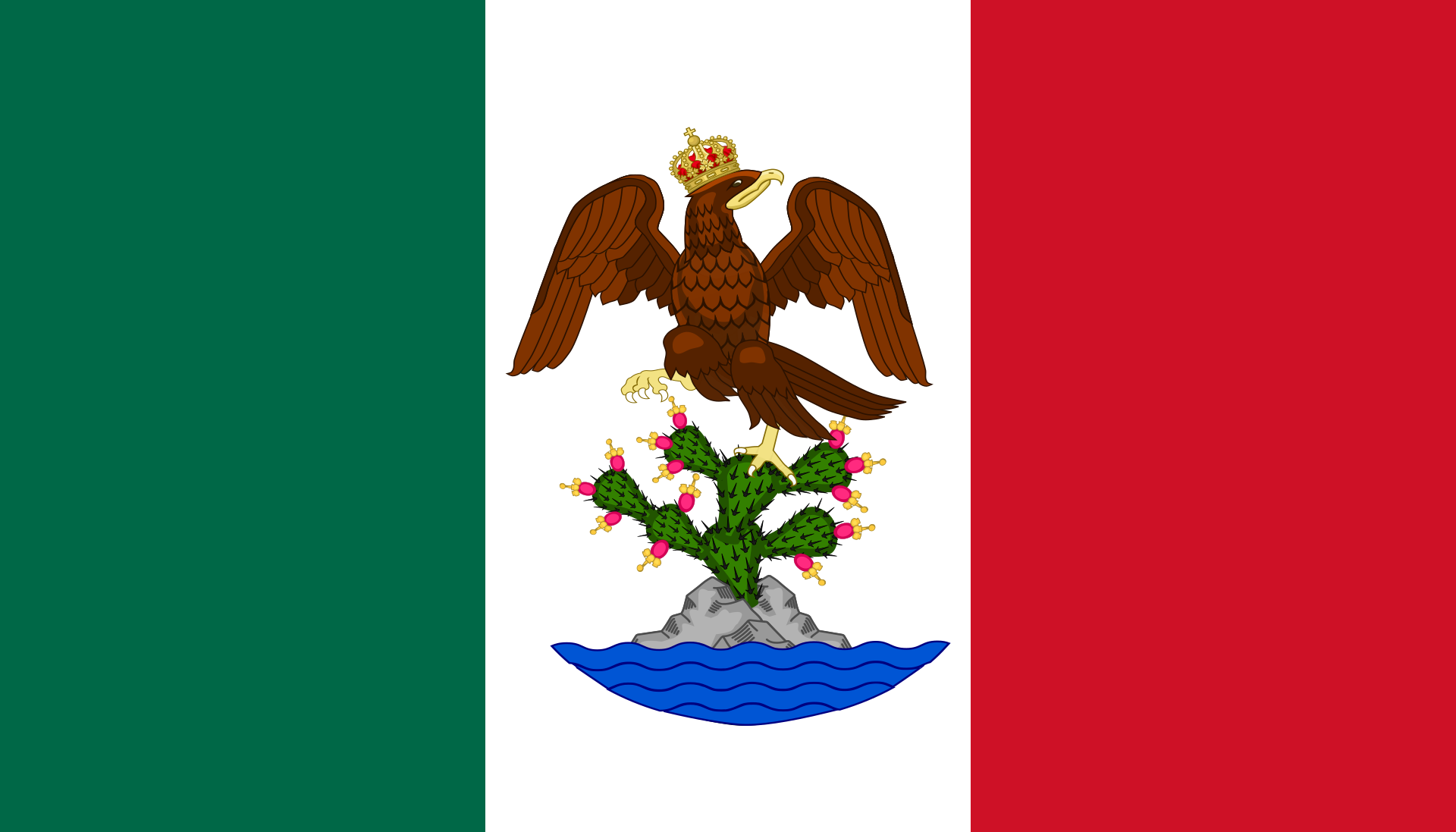Ascendancy War
The Ascendancy War was a conflict following the independence of Mexico. The conflict ended in liberal victory, thanks to financial and military support from Kingdom of America.
The Conflict
Prelude
Mexico gained independence from Spain in 1820. After this, Vicente Guerrero, revolutionary general, was crowned as Emperor. He facilitated the inclusion of Central America into the Empire, abolished slavery, and expanded male suffrage. The liberal actions of Vicente gained him much praise from the Mexican people, but also much criticism from the conservative elite led by Augustin Iturbide.
Deployment
The liberal factions of the Mexican government managed to raise an army of volunteers and American military units. The conservative faction had greater financial capabilities and quickly gained control of the industrial centers outside of Mexico City.
A brief rebellion was crushed in 1826 by united American and Mexican forces as General Anastasio Bustamante attempted to establish a republic. This was the last time a republican coups was attempted until 1865.
The Engagement
With American military support, the liberals retained control of the major economic centers. However, the conservatives took the industrial markets in an attempt to cut off the liberal's combat capabilities. The American logistical support ensured that this plan failed.
Outcome
Aftermath
After the death of Vicente I in 1841, the Iturbides once again rose up in rebellion once again. Empress Maria called upon help from America, Brazil, and Haiti. The combined coalition defeated the conservatives, and the Iturbide's were subsequently executed.



Comments